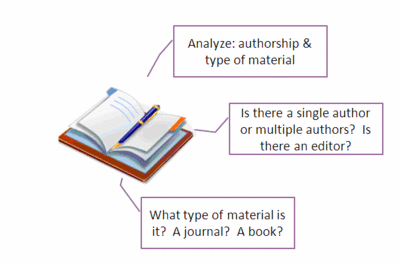Library:How to Cite/Using Style Guides
Using Style Guides
Most citation styles require that you cite the same or similar elements for each material type that you use, but they often differ on things like the order and layout in which these elements appear. So, while the way that the details are presented may be different, the basic pieces of information that you’ll need to cite will often be the same.
Major Style Guide Access
Some style guides are used extremely frequently. The links below will take you to the UBC Library holdings on each of the most relevant style guides:
Print versions for many style guides are available at Koerner Library and at the Centre for Writing and Scholarly Communications on the 3rd floor of the Irving K. Barber Learning Centre, whose hours can be accessed here.
If you just need a quick refresher on how to format something in a style that you’ve used before, an online guide or tip-sheet might be best. Such resources can be found:
- On the UBCO Library website, which has great tip sheets for using the APA, MLA, and Chicago/Turabian styles.
- On the Purdue University OWL Writing Lab’s web page, which has great quick-guides for using the APA, MLA, and Chicago styles.
- On the UBC Library’s website, which provides access to the APA Electronic Guide, and
- On the Curtin University Library’s website, which has a thorough guide for using the Vancouver/Uniform Style.
Which style should I use?
You instructor may assign a specific style for you to follow. If so, use that style consistently in: the layout of the paper (i.e., the margins, line spacing, and cover page), in the foot-notes/in-text citations, and in your final list of references.
If you have not been assigned a specific style to use, then you are free to choose whichever style you would like to use- again, be consistent.
Many programs and disciplines have a preferred style. If you are unsure of which style to choose, it is probably best that you use the preferred style of your own program or discipline. Examples of discipline-specific styles include: Psychology - APA style; History - Chicago style, and English – MLA style
Are some Help-Guides/Sites better than others?
It depends on your needs:
- If you need to cite a wide variety of sources and material types, you will probably require a very detailed guide. In this case, the official manual for whichever citation style you are using is probably your best bet. The UBC Library owns the official manuals for the MLA, APA, Chicago/Turabian, Vancouver/Uniform
I'm looking at the style guide - now what?
If you've never used a style guide before it can be confusing to navigate. The index may be the easiest way to get to the page you need to consult - but first you need to analyze your source and determine which citation elements you'll need to record.
Start with authorship:
Does the source have an author? Does it have multiple authors? Is the author unknown or pseudonymous? You’ll find the rules for formatting each of these options in the index under “Author(s), “Authorship,” or under a similar term.
Now look at the format type of your source. Finding the rules for citing different types of sources works the same way as finding out how to cite different types of authors - consult the index. Are you quoting:
- A book?
- A journal article?
- A blog entry?
- A sacred text?
- A section of a website?
Different format types have different elements that must be recorded, so look that format up in the index to see all of the pieces of information that you need to include in your citation.
Finally, make sure that you look up the rules for formatting your citation both in the text of your paper, and in the list of works cited/bibliography. Often the formatting rules are substantially different between the two. For example, you may find that the rules make you indent your in-text citations differently from how they appear in the bibliography, or that they require you to present articles with multiple authors in a separate fashion.

